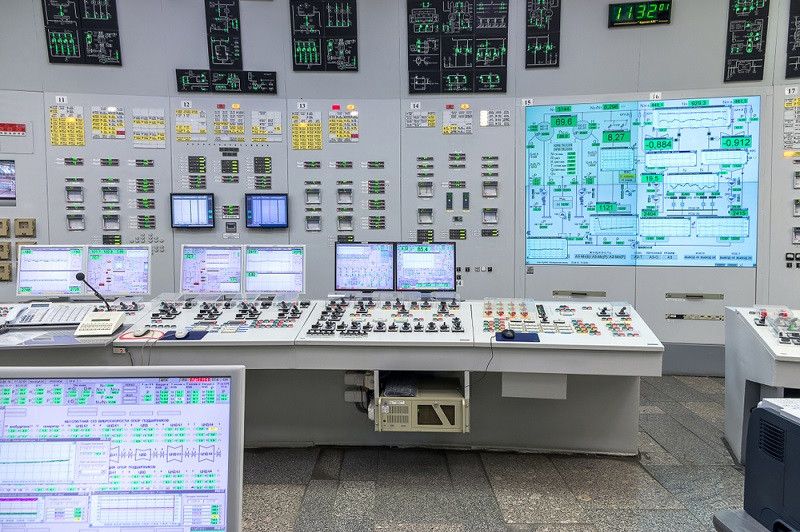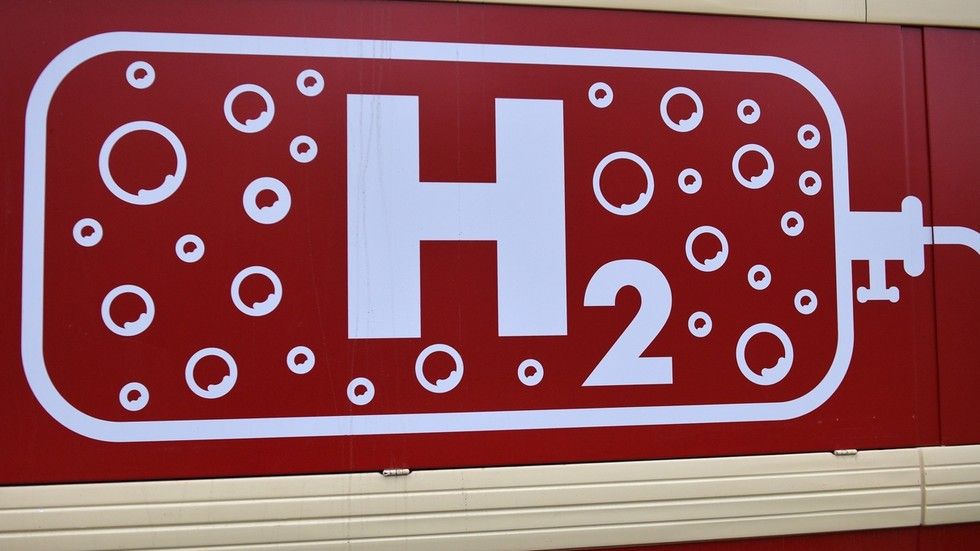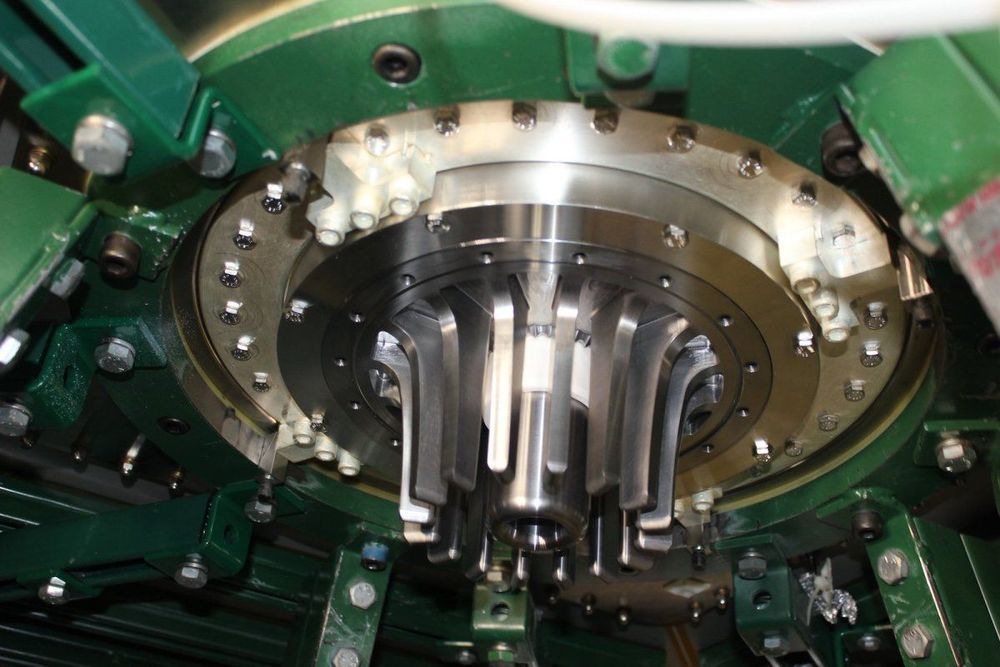The plan will include options to lease new breakers or build new nuclear-powered ships as Russia and China leap ahead of US capabilities in the Arctic.



Fusion: Future source of carbon-free, abundant, safe and economic energy; Leaders of EU, France, China, India, Japan, Korea, Russia & US make announcement together.
French President Emmanuel Macron and leaders from the European Union, China, India, Japan, Korea, Russia, and the United States declare the start of a new energy era today with the official start of the assembly of the world’s largest fusion device at ITER in Southern France.
The ITER machine, the world’s largest science project, is being assembled to replicate the fusion power of the Sun that provides light and warmth and enables life on Earth.

Thorcon said it would provide technical support to the ministry’s research and development (R&D) body to develop “a small-scale TMSR reactor under 50 megawatts (MW)”, the company wrote in a statement on Friday, Jul. 24.
“[This will] strengthen national security in the outermost, frontier and least developed regions,” reads the company’s statement.
In a separate statement on Jul. 22, the Defense Ministry said the deal would help it accomplish its 2020–2024 strategic plan but did not mention a planned capacity.

A radiation-absorbing fungus found at the destroyed Chernobyl nuclear reactor has been shown to absorb harmful cosmic rays on the International Space Station, and could potentially be used to protect future Mars colonies.
Exposure to cosmic rays poses a major health risk to astronauts leaving Earth’s protective atmosphere. Shields can be made out of stainless steel and other materials, but they must be shipped from Earth, which is difficult and costly.

With much of the world planning to pivot away from oil and gas in the near future, the country’s government is looking ahead to a more diversified energy sector. The international ‘green’ trend is a significant threat to the Russian economy, which is at present largely dependent on the export of oil, gas, and coal. Starting from 2021, the government intends to build on the country’s reputation as a hydrogen supplier, aiming to make exports of the world’s most abundant gas a large part of its energy sector.

“Small nuclear reactors can provide the power capability necessary for space exploration missions of interest to the Federal government,” the Energy Department wrote in the notice published Friday.
The Energy Department, NASA and Battelle Energy Alliance, the U.S. contractor that manages the Idaho National Laboratory, plan to hold a government-industry webcast technical meeting in August concerning expectations for the program.
The plan has two phases. The first is developing a reactor design. The second is building a test reactor, a second reactor be sent to the moon, and developing a flight system and lander that can transport the reactor to the moon. The goal is to have a reactor, flight system and lander ready to go by the end of 2026.
This article is the first in a series of installments examining the potential of different energy initiatives and types.
If you’re reading this article, chances are, you’re living in a first-world country. You probably have access to modern technology, whether it be your cell phone, laptop, or even central heating system.

BOISE, Idaho (AP) — The U.S. wants to build nuclear power plants that will work on the moon and Mars, and on Friday put out a request for ideas from the private sector on how to do that.
The U.S. Department of Energy put out the formal request to build what it calls a fission surface power system that could allow humans to live for long periods in harsh space environments.
The Idaho National Laboratory, a nuclear research facility in eastern Idaho, the Energy Department and NASA will evaluate the ideas for developing the reactor.


This is the third in a series. Read part 1 here and part 2 here.
One of the most notable features of Eric Lerner’s approach to fusion using the Dense Plasma Focus (DPF), presented in Part 1 and Part 2 of this series, lies in the possibility of using hydrogen and boron as a fuel. This property is shared by the hydrogen-boron laser fusion reactor, which I discussed in a previous series of articles in Asia Times.
Among other things, the fusion reaction between nuclei of hydrogen and boron is aneutronic: no neutrons are produced, but only charged alpha particles. This gives the DPF enormous potential advantages over the mainline fusion technologies, which are all designed to employ a mixture of the hydrogen isotopes deuterium (D) and tritium (T) as their fuel.